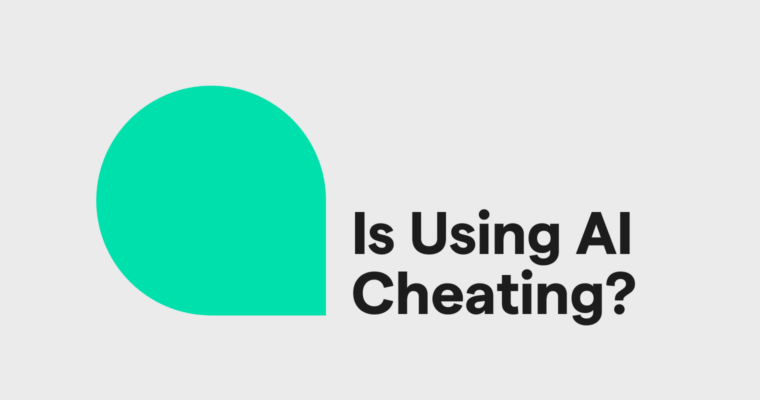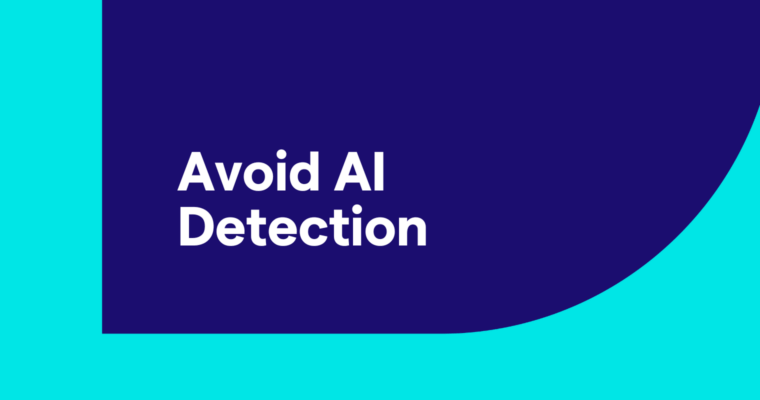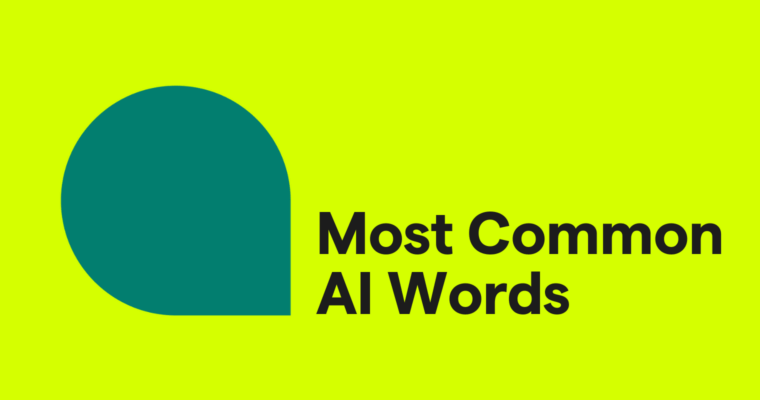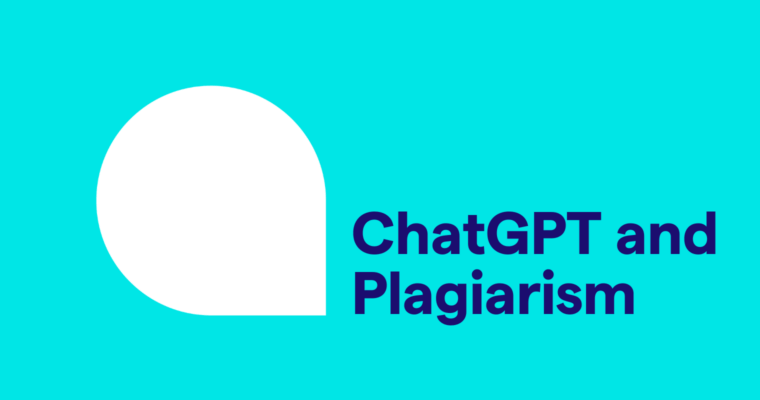
Search engine optimization (SEO) is detail-oriented and data-heavy—so why not get help from a machine? Using AI for SEO makes a lot of sense, especially since today’s AI tools are built to detect patterns, analyze data, and even mimic how search engines “think.”
That said, AI is only as effective as the person using it. To get real results, marketers need to know how to apply AI thoughtfully—using it to streamline workflows, uncover insights, and improve SEO performance.
In this guide, we’ll show you exactly how. You’ll find practical strategies and beginner-friendly techniques you can start using right away to boost visibility and save time.
But first, let’s define what AI for SEO actually means—and what it can help you do.
Table of Contents
AI for SEO link-building and outreach
What is AI for SEO?
AI for SEO refers to the use of artificial intelligence—like machine learning, natural language processing, and generative AI—to improve and automate SEO tasks. These technologies can analyze large volumes of data, identify trends, and even generate optimized content, making them powerful tools for improving search visibility.
Because AI is so versatile, it can support SEO strategies across five core areas:
- Keyword research
- Content creation
- On-page SEO
- Technical SEO
- Link building and outreach
- Performance monitoring
Each of these areas plays a distinct role in your SEO success. In the sections that follow, we’ll explore how AI can support each one—with practical examples, tool recommendations, and step-by-step tips.
AI for SEO keyword research
One of AI’s greatest strengths is its ability to quickly process information and identify patterns. With just a few inputs—like your topic, business goals, and target audience—AI tools can generate lists of relevant, high-intent keywords tailored to your needs.
Here’s how to use AI for keyword research in practice:
- Start with a topic. Input a subject related to your business, such as “email marketing for small businesses” or “eco-friendly cleaning supplies.”
- Add business context. Include your goals (like increasing signups or traffic) and your audience (such as Gen Z or B2B buyers) to help the AI generate more relevant suggestions.
- Prompt for variations. Ask questions like:
- “What long-tail keywords are related to X?”
- “What SEO keywords are trending in [industry]?”
- “What are people searching for about [topic]?”
- Validate the keywords. Once you’ve gathered ideas, use traditional SEO tools like Google Keyword Planner, Ahrefs, or Semrush to check search volume, competition, and keyword intent. AI is great for brainstorming—but validation helps you focus on what will actually move the needle.
Some AI tools can cluster keywords into related themes—helpful for planning content around pillar pages or mapping subtopics to different stages of the buyer journey.
Beyond keyword lists, AI can also help you think strategically about shifting search behavior. Tools built on natural language processing (NLP) can understand intent, surface semantically related terms, and suggest long-tail or conversational keywords.
Advanced platforms may even detect emerging trends by analyzing changes in language and user behavior—like new slang among Gen Z—so you can create timely, relevant content.
AI for SEO content creation
Content creation is one of the most common and effective uses of AI for digital marketing, and it plays a key role in SEO. With the right prompts, AI tools like Grammarly can help generate blog posts, landing pages, and other content that naturally incorporates target keywords and aligns with how people search.

AI tools can help structure content with SEO in mind. By including your target keywords in a prompt, you can guide the AI to include them in headings, meta titles, meta descriptions, and landing page copy. Some tools also assist with matching search intent, suggesting internal links, and even generating basic schema markup to improve search visibility.
Here’s how AI can improve your SEO content creation process:
- Start with a prompt. Include your topic, primary keyword(s), content format, and audience. For example: “Write a 600-word blog post on time management tips for remote teams using the keyword ‘remote productivity hacks.’”
- Adjust for tone and readability. Use AI writing assistants like Grammarly to refine clarity, structure, and tone—key elements for both user experience and search rankings.
- Check for SEO optimization. Some AI tools offer on-page SEO suggestions such as adding subheadings, improving keyword placement, or simplifying dense sections.
- Review and personalize. AI-generated content should always be reviewed and edited to reflect your brand voice, fill in content gaps, and ensure quality. You’ll also want to check for factual accuracy and alignment with your SEO strategy.
- Validate search intent. Compare your draft against the top-ranking pages for that keyword. Does the AI-generated content align with what users expect to see? If not, adjust it to better match intent.
AI can be a great starting point—but your input is what makes it effective. The more context you provide, the more aligned the output will be with your goals.
AI for on-page SEO
On-page SEO (also called “on-site SEO”) refers to the elements you can optimize directly on your website to improve search visibility and user experience. This includes written content, meta descriptions, URL slugs, image alt text, headings, and internal links.
AI can help identify opportunities and optimize these elements more efficiently—especially when paired with traditional SEO tools or a content management system (CMS).
Here’s how to use AI for on-page SEO:
- Write optimized meta descriptions. AI tools can generate keyword-rich descriptions. Just be sure to edit for tone and accuracy, and keep them under 160 characters.
- Write an SEO-friendly title tag. AI can suggest clear, keyword-rich titles that align with search intent and stay within the ideal 50- to 60-character range.
- Simplify and structure URL slugs. AI can suggest concise, readable URLs that reflect the page topic and include relevant keywords.
- Generate image alt text. Some tools use surrounding content to suggest descriptive tags—improving both accessibility and SEO.
- Improve internal linking. AI can recommend relevant internal links based on related site content, helping boost engagement and crawlability.
- Refine formatting and flow. AI can assist with optimizing headings, breaking up text, and highlighting key takeaways. Tools like Grammarly also help shorten or rephrase content for clarity—ideal for tightening meta descriptions, simplifying headers, or refining intro copy.
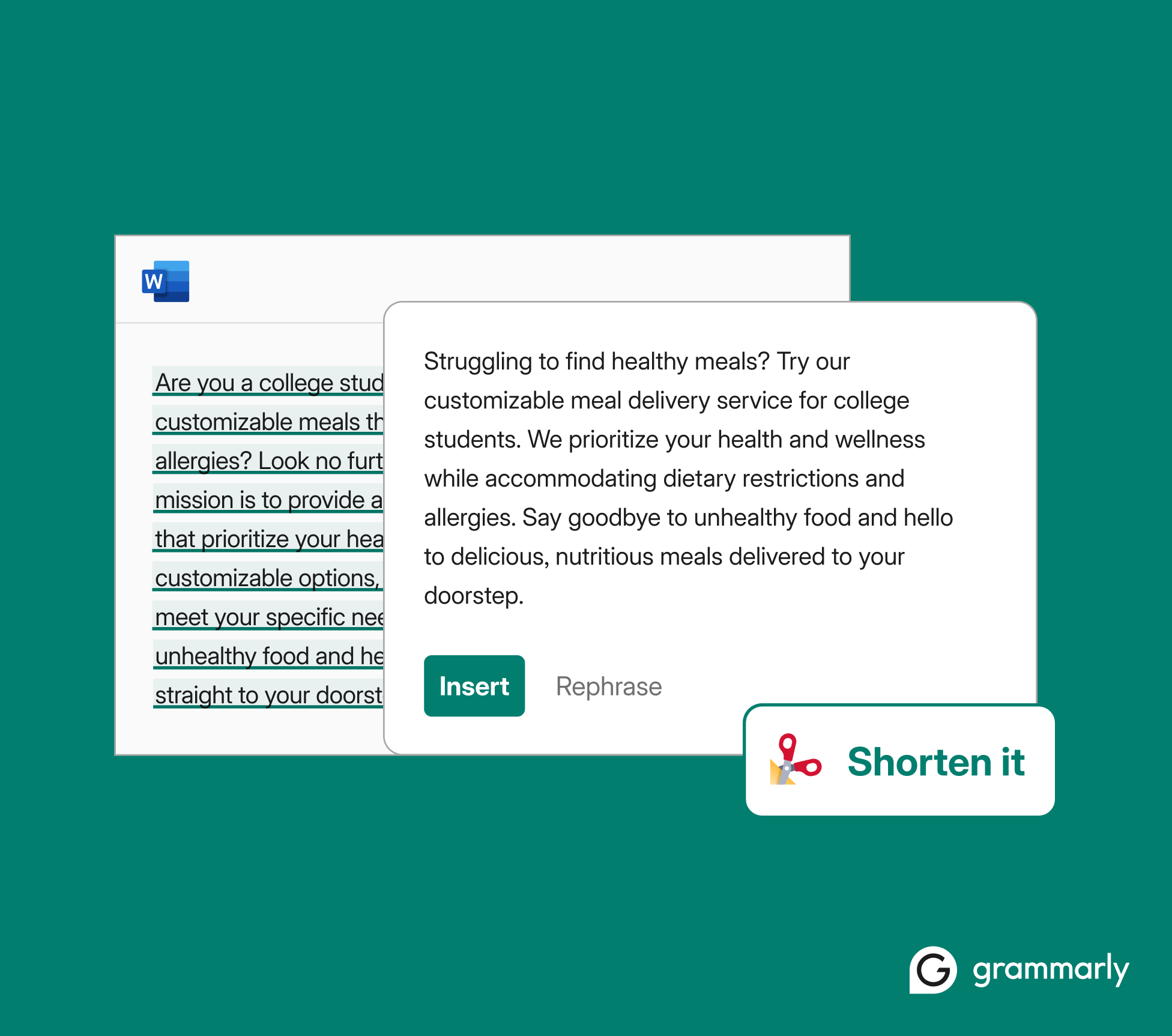
These elements may seem small individually, but together they play a major role in helping search engines understand your site structure and relevance. By using AI to streamline on-page SEO tasks, marketers can cut manual work while improving both visibility and user experience.
AI for technical SEO
Technical SEO refers to the behind-the-scenes elements that help search engines crawl, index, and understand your website. While invisible to users, these factors are essential for strong search performance.
Here’s how AI can support your technical SEO workflow:
- Audit site performance. AI tools can flag issues like broken links, duplicate content, slow page speed, and missing metadata that hurt SEO.
- Check mobile-friendliness. Some tools assess mobile performance and suggest improvements for Google’s mobile-first indexing.
- Find crawl and indexing errors. AI can interpret logs or crawl data to highlight problems like redirect loops or blocked pages.
- Optimize structure and site maps. AI can suggest improvements to internal linking, URL hierarchy, and site map setup for better crawlability.
- Assist with schema markup. Some AI platforms can generate structured data (like FAQs, product info, or reviews) in schema.org format to help your content stand out in search with rich results.
These tasks can be time-consuming, but AI can surface issues quickly and suggest next steps—especially when used alongside tools like Screaming Frog, Sitebulb, or Google Search Console.
AI for SEO link building and outreach
Link building is the process of acquiring backlinks—links from other websites that point to your own. These links signal authority and trust to search engines, making them one of the most important (and challenging) ranking factors in SEO.
AI can help streamline link building by identifying relevant, high-quality websites and simplifying the outreach process. By analyzing large volumes of data, AI tools can surface promising backlink opportunities, evaluate site quality, and even assist with outreach personalization.
Here’s how AI can support your link building and outreach workflow:
- Discover potential partners. AI can scan large volumes of websites to find ones that are topically relevant to your content, aligned with your audience, and likely to accept guest posts, citations, or partnerships.
- Evaluate site quality. AI-powered tools often use metrics like domain authority, backlink profiles, traffic levels, and spam risk to help you prioritize trustworthy sites. Some also surface toxicity scores or highlight potentially harmful link sources.
- Prioritize by authority and relevance. Based on the topic, intent, and audience, AI can recommend the most strategic domains to pursue—making your outreach efforts more focused and effective.
- Automate outreach personalization. Some AI writing tools like Grammarly can draft personalized outreach emails, saving time while increasing the chances of a response.
While AI makes the research and planning process faster, effective link building still depends on human input. Outreach and negotiation benefit from a personal touch—so think of AI as a helpful assistant, not a full replacement.
AI for performance monitoring
Tracking performance is key to making sure your SEO strategy is working. AI tools like Semrush or Surfer SEO can help by spotting trends, highlighting what’s working, and flagging areas that need attention—without hours spent digging through data.
Here’s how AI can support your performance-monitoring workflow:
- Track keyword rankings. AI tools can monitor how your keywords are performing and alert you to big changes.
- Spot traffic trends. AI can identify spikes or drops in organic traffic and help you figure out why they’re happening.
- Highlight content opportunities. See which pages are driving the most traffic—and which ones might need updates.
- Save time on reporting. AI can generate summaries and visuals that make it easy to track progress and share results.
These insights help you stay on top of your SEO performance, spot issues early, and focus your efforts where they’ll have the most impact.
Pros and cons of AI for SEO
Like any tool, AI comes with both strengths and limitations. Understanding where it excels—and where it falls short—can help marketers use it more strategically as part of a well-rounded SEO approach.
Pros of AI for SEO
- Boosts efficiency. AI speeds up tasks like keyword research, content creation, and on-page optimization—freeing up time for strategy and creative work.
- Provides data-driven insights. AI tools analyze large datasets to suggest keywords, content structures, and optimization tactics.
- Enhances optimization. AI helps identify issues like poor headings, weak internal links, and content gaps—especially useful for nontechnical users.
- Scales content without losing relevance. AI can create tailored content variations for different topics or audiences, making it easier to scale without sacrificing personalization.
Cons of AI for SEO
- Lacks originality. AI-generated content can feel repetitive and often misses the creative angles or expert insights that make content stand out.
- Misses nuance. AI may insert keywords awkwardly or overlook context, making content sound robotic without human editing.
- Can spread misinformation. AI tools may produce inaccurate or outdated content, which is risky for SEO where trust and accuracy matter.
- Needs human oversight. AI outputs still require review and refinement to ensure quality, relevance, and alignment with your strategy.
Best AI tools for SEO
AI tools can help marketers tackle every part of the SEO workflow—from keyword research and content creation to technical audits and performance tracking. Here are a few tools to consider, depending on your needs:
For content generation: Grammarly
Search engines increasingly favor content that’s clear, well-structured, and authoritative—not just stuffed with keywords. Grammarly helps marketers create high-quality, SEO-friendly content that meets those standards from the start.
Use Grammarly to generate well-written drafts that naturally incorporate keywords, and then use its built-in suggestions to refine tone, clarity, and flow. You can also use Grammarly to ensure content consistency across formats—making it ideal for brands that need to maintain a strong voice across blog posts, website copy, social media, and more.
Bonus: Grammarly includes built-in plagiarism and AI detection tools, and it integrates seamlessly with over 500,000 apps and sites like Google Docs, Slack, and Microsoft Word.
For SEO keyword research: Semrush
Semrush is a go-to platform for AI-powered keyword research and competitive analysis. Use it to identify high-performing keywords, audit existing content, and monitor site performance over time.
You can also uncover what’s working for competitors, find gaps in your strategy, and build data-backed keyword lists. Plus, Semrush includes backlink analytics and link building features—making it a solid all-in-one SEO tool.
For technical SEO: Indexly
Technical SEO is where many marketers get stuck—but tools like Indexly help simplify the process. It’s built specifically to speed up site indexing and reduce errors that can impact search visibility.
Indexly allows bulk page submissions, automates indexing, and delivers detailed reports on crawlability and site health. It’s a time-saver for teams looking to improve performance without getting bogged down in technical fixes.
AI for SEO: Closing thoughts
AI is a natural fit for SEO—it can help you navigate the complexities of search algorithms, technical site optimization, and content creation. It can surface insights, automate time-consuming tasks, and support smarter decision-making across every stage of your SEO strategy.
That said, AI is only as effective as the person using it. To get the most value, you need a clear understanding of how it works and where to apply it. With the right approach, AI becomes a powerful partner—not a replacement—for your expertise.
Ready to take the next step? Get started with Grammarly here.
AI for SEO FAQ
Which AI tool is best for SEO?
The best AI tool for SEO depends on your needs. Grammarly can optimize content for clarity, tone, style, and more. Semrush can deliver data-driven keyword research and competitor analysis, while Indexly can hasten the process of indexing a site for search engines.
Can ChatGPT help with SEO?
ChatGPT can assist with SEO by generating content ideas, drafting articles, suggesting keywords, and writing meta descriptions, but it does not have built-in SEO analytics or optimization features. Grammarly offers additional SEO-friendly tools by improving readability, clarity, and tone, all crucial for search rankings. It also provides grammar and style suggestions, ensuring content is polished for a better user experience.
Is AI-generated content good for SEO?
AI-generated content can be effective for SEO—if it’s high-quality, relevant, and user-focused. It can speed up content creation, support keyword use, and improve readability when paired with human editing.
Google doesn’t penalize AI content by default. What matters is whether it’s helpful, original, and written for people—not just search engines.
To rank well, AI content still needs human oversight. Fact-check it, match search intent, and refine structure, tone, and brand voice.
How does AI help with technical SEO?
AI tools automate site audits, flag potential issues (like broken links, duplicate content, and slow-loading pages), and suggest improvements for site structure and performance. Some AI-driven tools also offer insights into indexing, schema markup, and mobile optimization to help websites meet best practices.

